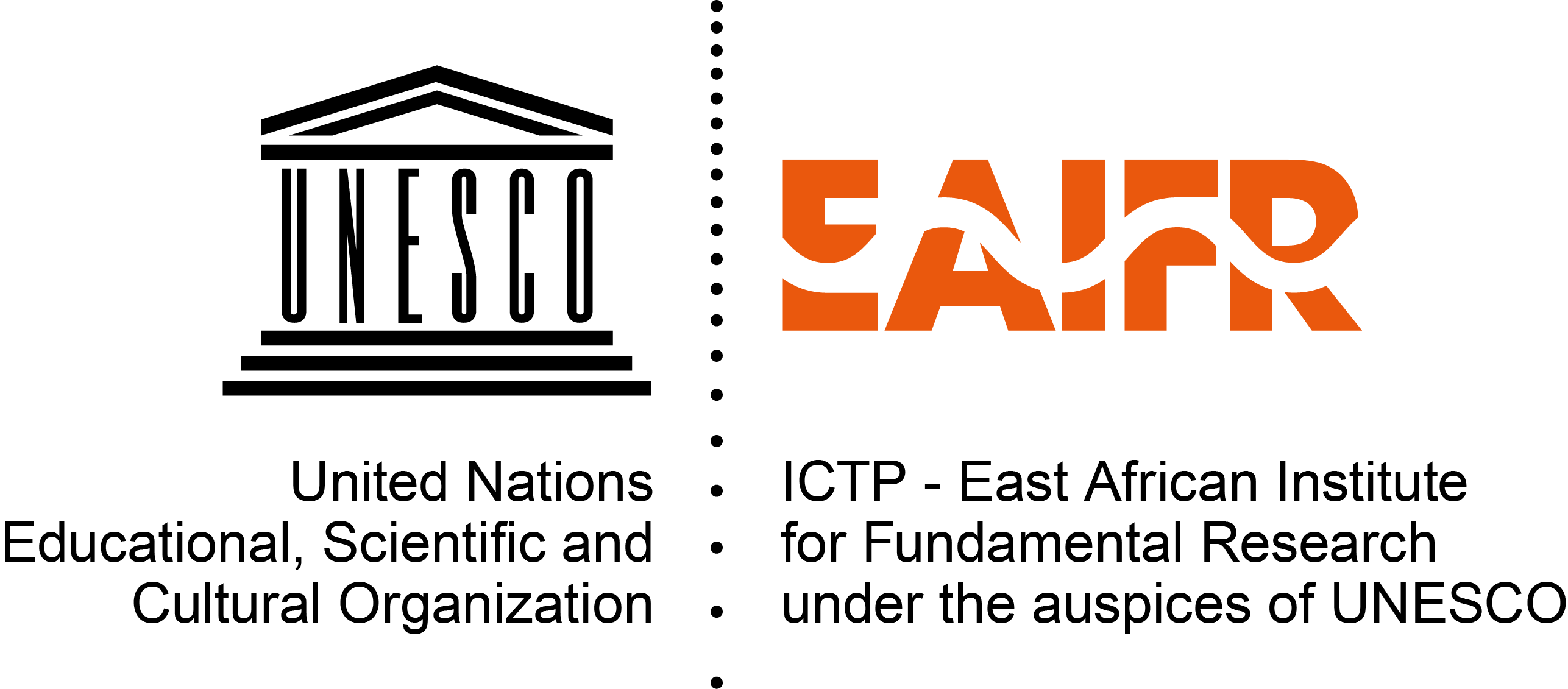ICTP-East African Institute for Fundamental Research
KIST2 Building CST
Nyarugenge Campus
University of Rwanda
Kigali, Rwanda
GEO@EAIFR Webinar Series 2022
Prof. Emile A. Okal will discuss the 2022 Tonga Volcanic explosion
The East African Institute for Fundamental Research (EAIFR) and the International Centre for Theoretical Physics (ICTP) wish to inform those who may be interested of a GEO@EAIFR webinar. This seminar will take place on November 4, 2022 and will be broadcast live on ZOOM. It will also be recorded and later posted on the ICTP-EAIFR YouTube channel, where one can find the previous recorded GEO@EAIFR webinars. Below all the details:
Speaker: Emeritus Professor Emile A. Okal, Northwestern University, USA
Title: THE 2022 TONGA VOLCANIC EXPLOSION, Exceptional Waves from an Exceptional Event
When: November 4, 2022 at 11:00 am (Kigali time).
Register in advance for this meeting by clicking here.
Biography:
Emile Okal was born in Paris in 1950. He majored in Physics at the Ecole Normale Supérieure, graduating with the Agrégation degree in 1971. He earned an MSc. in geophysics at the Université Pierre-et-Marie-Curie in 1972, and a PhD in Seismology from the California Institute of Technology in 1978. He was an Assistant, then Associate Professor at Yale University from 1978 to 1983, when he transferred to Northwestern University, rising to Full Professor in 1989. He retired with the status of Professor Emeritus in 2016. His research covers many fields in theoretical and observational Seismology, including the origin of deep earthquakes, as well as many aspects of tsunami research, including theoretical investigations, the development of warning algorithms, and the reconstruction of ancient events from field surveys. He has authored more than 270 peer-reviewed publications, and is a member of the Seismological Society of America and of the EuropeanGeosciences Union, which bestowed him the S.L. Solov'ev Medalin 2013.
Abstract:
The volcanic eruption in Tonga on 15 January 2022 generated a relatively small tsunami in the Pacific Ocean, but also and most remarkably exceptional gravito-acoustic waves in the atmosphere of a nature and an intensity unparalleled since the 1883 explosion of Krakatoa (with the possible exception of the largest Soviet nuclear tests in 1961). These waves which circled the Earth several times are fundamentally contained in the atmospheric column and propagate at a velocity (313 m/s) approaching that of sound in the air near the Earth's surface. However, they are weakly coupled to the solid Earth and to the water layer over oceanic basins, resulting in motions of the water surface recorded by maregraphs (and seismometers) which could be mistaken for tsunamis, but do not share their structure. We use theoretical codes initially developed by D.G. Harkrider and H. Kanamori to investigate their properties theoretically. They can be best modeled by an explosive source located about 3.5 km above the Earth's surface, and with an isotropic atmospheric moment of 10**25 dyn*cm.



